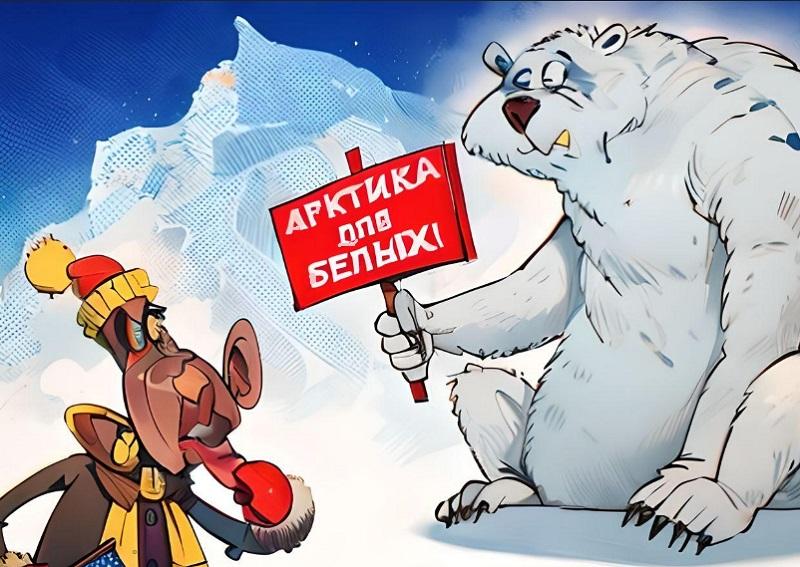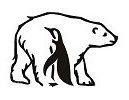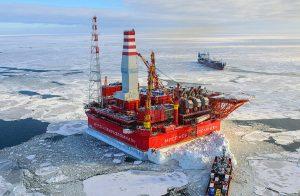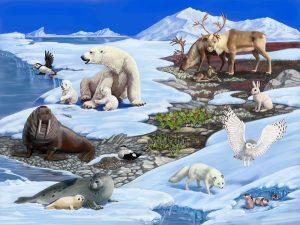
Peasley or grolar
Global warming is an increase in the average temperature on Earth, the main cause of which is human activity. If warming is not stopped, the planet will face negative consequences: some coastal cities will disappear, there will be many more starving people, and wars for vital resources will begin.
Therefore, the fight against it is a steady trend of our century. There are several catastrophic plots that global warming can lead to. But the Earth is waiting for dozens of smaller, but unpleasant consequences of climate change. One of them is associated with a decrease in the population of polar bears.
In 2006, in northern Canada, a hunter shot an animal that he mistook for a polar bear because of the color of its fur. Upon closer inspection, the animal revealed long claws, a humped back and brown stripes. These signs are characteristic of the grizzly, one of the subspecies of the brown bear.
Scientists have discovered that the beast was the first hybrid of its kind: its mother is from polar bears, and its father is a grizzly. The new species was named “pisli”, or “grolar”. Such terms originated from a different combination of two English—language names – grizzly bear (grizzly bear) and polar bear (polar bear).
Every ten years since the 1970s, more than 10% of the Arctic ice disappears. Polar bears are rushing south to earth in search of food. At the same time, grizzlies migrate north to escape the actions of humans. Representatives of the two species meet, and as a result, pisly children appear.
The white one was once a brown bear

The number of hybrid bears in the northern regions is constantly growing. Previously, individual species existed separately and could reproduce only by associating with their own kind. Polar bears were separated from grizzlies by geographical barriers: the former live on ice, and the latter live on land.
Jon Aars from the Norwegian Polar Institute emphasizes: “Polar and brown bears are very similar. There is nothing strange about them mating and forming offspring.” The divergence of these species occurred 250-300 thousand years ago. With this coloring, it became easier for polar bears to hunt, which is why they survived.
The development was not limited to the color of the fur. Life on ice and on land requires completely different characteristics. The polar bear has webbed paws and sharper teeth. The neck has become longer so that you can penetrate holes in the ice in search of seals. The digestive system has adapted.
As the sea ice retreats, polar bears are forced to move inland. Jon Aars adds: “Now there is a difficult transition period. Despite numerous assumptions, the probability of successful procreation through hybrids is low.”
The Peaslee inherits characteristics that are unfavorable for survival in both worlds — both on land and in ice. It is much easier for a seal to see a beige bear sneaking up on him. On the other hand, peaslee’s digestive system is not adapted to digest plant foods.
By Semyon Bashkirov


